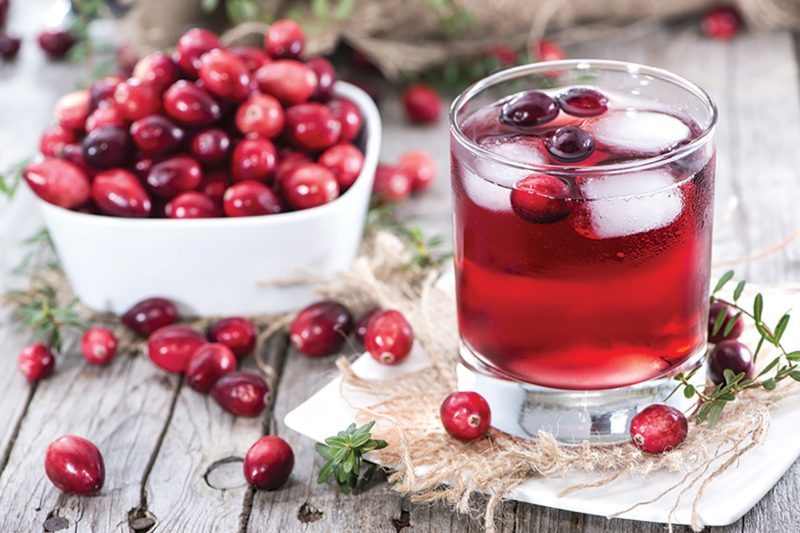FDA has approved a qualified health claim (QHC) for cranberry, stating: “Limited scientific evidence shows that by consuming 500 mg each day of cranberry dietary supplement, healthy women who have had a urinary tract infection (UTI) may reduce their risk of recurrent UTI.”
In a press release from Fruit d’Or, Jean Leclerc, Director of Sales and Business Development for Fruit d’Or, explained why 500mg is the magic amount: “Research shows that 36 mg of PACs are needed to be effective against UTIs. That is equivalent to 500 mg (one capsule) of Fruit d’Or whole fruit cranberry powder.”
With that understanding, Fruit d’Or offers a breakdown of the top three most common cranberry powder varieties:
- Cranberry Juice Powder Concentrate: First and foremost, this is a juice powder, not an extract. It is made by pressing the fruit to create juice, adding enzymes to remove pectins, and then concentrating it. The pulp, flesh, skins, and seeds have been removed, taking the useful insoluble PACs with them. The powder is also often mixed with excipients such as maltodextrin. As the QHC covers whole fruit cranberry, this doesn’t meet the criteria.
- Purified Cranberry Extract: This is made by macerating the fruit in water, then separating the juice from the solids by filtration. It, too, has the pulp, flesh, skins, and seeds removed, along with all insoluble PACs. On the other hand, unlike juice powder concentrate, it is likely to be standardized for soluble PACs—Leclerc suggests that it will contain a range of 1% to 15% soluble PACs. Nonetheless, it isn’t whole fruit cranberry, and therefore can’t use the QHC.
- Whole Fruit Cranberry Powder: This is made from the solids produced by pressing the fruit to remove some, but not all, of the juice; it is then dried and milled. It doesn’t require excipients, so there is no need for maltodextrin. It is standardized for both soluble and insoluble PACs. Leclerc notes: “Insoluble PACs are only present in whole fruit cranberry powder. In addition to helping protect the integrity of soluble PACs as they go through the digestive system, insoluble PACs help prevent adherence of pathogenic bacteria and they support the gut microbiome by acting as a prebiotic food supply for beneficial gut bacteria.” This meets the criteria for the QHC.
Related: Fruit d’Or Expects Big Impact of Qualified Health Claim for Cranberry Supplements Fruit d’Or Discusses Efforts to Educate on Whole Fruit Cranberry Powder Fruit d’Or Celebrates Tools for Validating Cranberry
Stephen Lukawski, Lead Consultant at Fruit d’Or, stated in the press release that this has exciting implications for the future of the industry. First, he noted new opportunities: “During these past few years, Fruit d’Or has taken the lead in cranberry research involving whole fruit cranberry powder. Now we see the results of these labors, and are beginning to verify the benefits of cranberry well beyond UTIs and into gut health, creating more exciting opportunities for further research well beyond UTI.”Second, Lukawski noted areas of importance for formulators, beginning with an emphasis on source transparency: “Being able to demonstrate farm to finish, full traceability and transparency with respect to your cranberry ingredients is essential because the health benefits of the whole berry can’t be reconstructed from a variety of sources. Second, we are already seeing a push toward more novel delivery systems such as cranberry gummies and formulation innovation as brands are now wanting to switch away from cranberry juice powder to take advantage of the health FDA claim and further differentiate themselves from their competition.”










